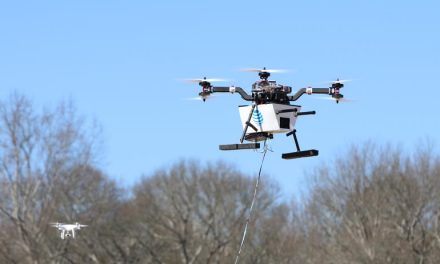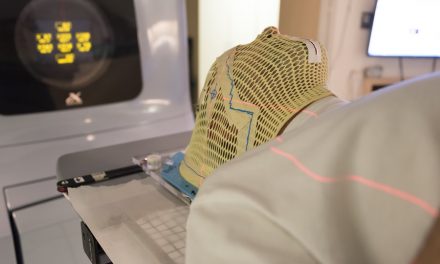(Editor’s Note: I know, I know… it’s winter. However, one can plan ahead! I love winter but there are days when I really miss the sun!)
missA miniature wearable sensor has been designed to let you know if you’ve spent too much or too little time in the sun.
RELATED STORY:
Numerous studies have linked vitamin D levels to a reduction in the risk of certain cancers, including breast cancer, but much debate has focused on the means to boost vitamin D levels preferably via sunlight exposure. Spending an average of three hours a day exposed to sunlight can slash the risk of breast cancer by up to 50 percent. (And while we don’t recommend the use of cancer-causing sun-block, we do always recommend you get smart and safe amounts of sun.)
RELATED STORY:
More than 200 million Americans lack essential vitamin D and as a result of too much time indoors causing a host of daily annoyances, chronic conditions, and even life-threatening illnesses.
While exposure to sunlight and ultraviolet light has been repeatedly shown to not be the cause of skin cancer the myth still persists. Scientists from The University of Texas MD Anderson Cancer Center reported UVA exposure is unlikely to have contributed to the rise in the incidence of melanoma over the past 30 years.
RELATED STORY:
However, excess exposure to the sun’s ultraviolet (UV) rays can cause sunburn and premature skin aging, while underexposure can lead to vitamin D deficiency and worsen skin conditions like eczema and psoriasis.
Several devices exist for monitoring sun exposure, but they are usually bulky and expensive. Most are also non-waterproof, making them inappropriate for use during sweaty or water-based activities.
To address these issues, Shuai Xu at Northwestern University in the US and his colleagues developed a small, low-cost, waterproof UV sensor that can be stuck directly to the skin or attached to jewelry or clothing.
The circular sensor is 8 millimeters wide and 1 millimeter thick and weighs 50 milligrams. It converts UV light to an electric current, the magnitude of which indicates the level of sun exposure. An inbuilt radio antenna transmits this information wirelessly to the user’s smartphone.
Sunburn Risk
The individual’s sunburn risk is then calculated based on their UV dose and other information they provide about their skin type and how much sunscreen and clothing they are wearing. “This allows users to receive a very specific recommendation,” says Xu.
RELATED STORY:
The sensor was tested by 9 volunteers in Brazil and 13 in Florida. They stuck it to their fingernails, hands or arms while they did recreational activities on a rooftop, went swimming, showered with soap, or went for long walks.
The sensor measured UV dose as accurately as a commercial device, and its bendy, plastic casing made it comfortable to wear and resistant to heat, soap, and water.
Xu says he hopes the technology will help to curb the current skin cancer epidemic in the US and Australia by letting people know when they should apply sunscreen or go indoors. At the same time, it can be used by people with eczema and psoriasis to make sure they get adequate sun, he says.
*Article originally appeared at Prevent Disease.












